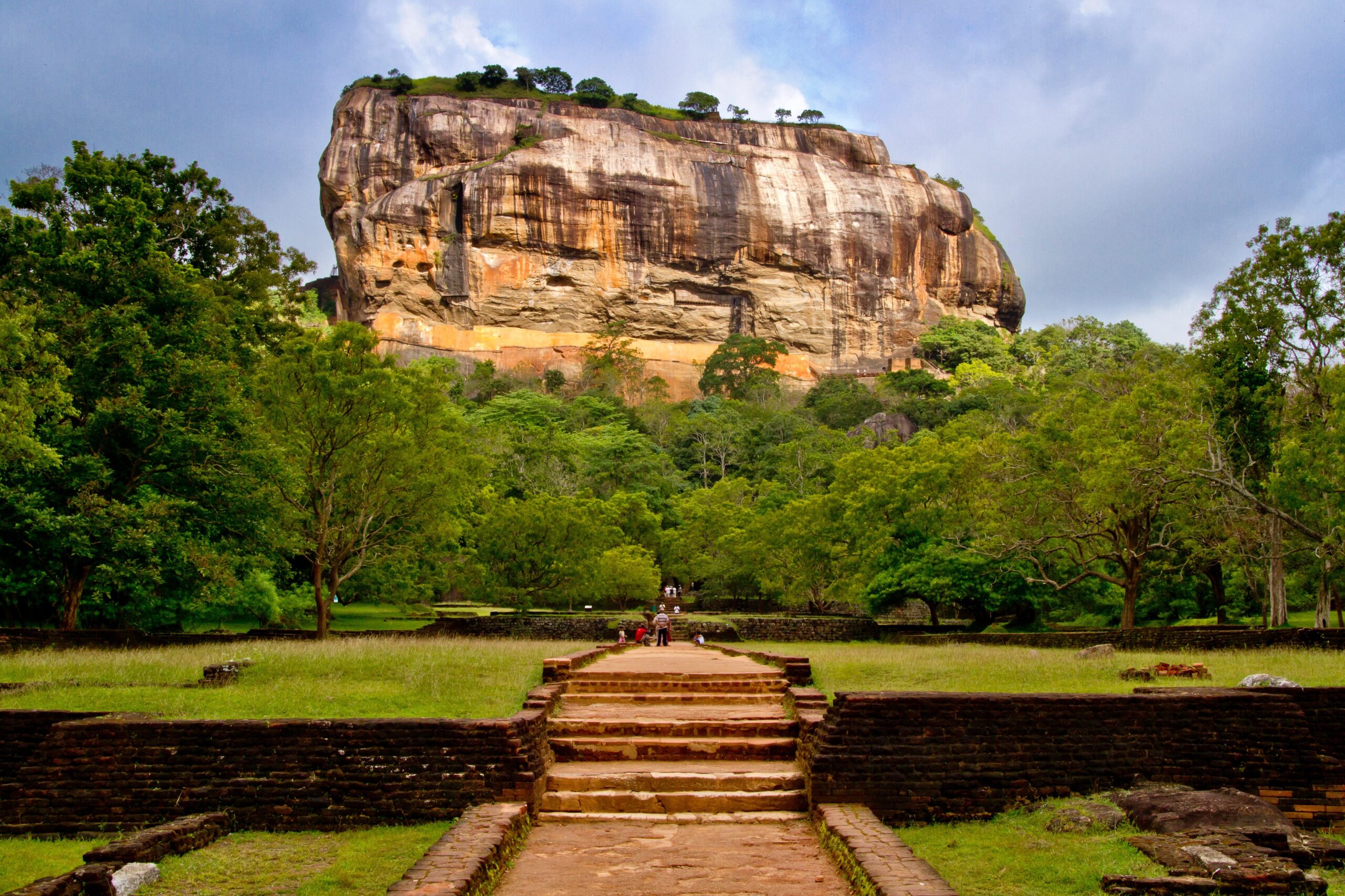A pearl of Indian Ocean, Sri Lanka is home to many historical and cultural marvels. Sigiriya is one of these marvels that bears witness to the island’s prehistoric magnificence. Sigiriya is a rock fortress recognized as a UNESCO World Heritage Site. It is a stunning example of both natural beauty and brilliant architecture. This page explores Sigiriya’s fascinating past, breathtaking scenery, and cultural relevance.
Historical background of Sigiriya
During the time of King Kasyapa in the 5th century AD, Sigiriya was established and is located in the heart of the Matale District. Driven by internal strife and political unrest, the king took sanctuary atop this massive rock. Realizing its strategic advantage, he built a splendid palace complex at Sigiriya. The location, also called the Lion Rock, came by that name.
The wonders of architecture
The climb to Sigiriya is a historical voyage that provides insight into the magnificence of prehistoric Sri Lankan buildings. Travelers follow a meandering route decorated with vivid murals that display the artistry of the kingdom’s artisans. Known as the “Sigiriya Maidens,” these paintings portray celestial creatures in a state of ethereal beauty, offering a fascinating window into the artistic preferences of the era.
The ruins of the Lion’s Gate, which was once guarded by enormous lion paws and a missing lion head, are the main attraction in Sigiriya. Going higher, one comes to the Mirror Wall. This highly polished surface reflects the beauty of the surroundings and serves as a blank canvas for old graffiti that has revealed the feelings and ideas of visitors over the years.
The palace complex’s ruins are revealed from the peak, exhibiting cutting-edge hydraulic engineering and urban design. The royal home showcased a tasteful fusion of nature and architectural skill with its elaborate gardens, ponds, and fountains. The expansive vistas near the summit offer a taste of the surrounding landscapes’ vastness.

Cultural importance
Beyond its stunning architecture, Sigiriya has great cultural significance. The location is a veritable gold mine of prehistoric artifacts discovered during archaeological excavations. The sophisticated understanding of ancient horticulture is reflected in the symphony of water gardens, boulder gardens, and terraced gardens in the grounds encircling the rock.
Spiritual importance also abounds at Sigiriya, as the site is thought to have been a monastery. At the foot of the rock are the ruins of a massive statue of a reclining Buddha, which attests to its conversion into a Buddhist sanctuary.
Traveling experience
Today, Sigiriya welcomes tourists worldwide who are eager to solve the puzzles surrounding this historic wonder. A well-kept staircase leads to the location, offering hikers a moderate ascent in exchange for unmatched views and a deep link to Sri Lanka’s legendary history.
Guided tours provide an understanding of the tales surrounding Sigiriya and the architectural subtleties and historical context. Explore the verdant surroundings, take in the colorful fauna, and be in awe of the advanced water management systems that used to survive in this dry area.
There are several ways to reach Sigiriya either by bus, train, Tuk Tuk, rented vehicle or your own vehicle. Approximately 174 km from Colombo to Sigiriya. It takes 4 hours from by bus and 5-6 hours by train from Colombo.
Summary
Sigiriya is a reminder of the inventiveness and resourcefulness of the prehistoric Sri Lankan people. With its imposing presence and ruins of a once-grand palace, it beckons contemporary adventurers to travel back in time and enjoy the artifacts of a bygone age. Sigiriya is a UNESCO World Heritage Site that proudly preserves Sri Lanka’s rich cultural legacy and provides a timeless experience for anyone looking to travel through time and enjoy the natural world.



